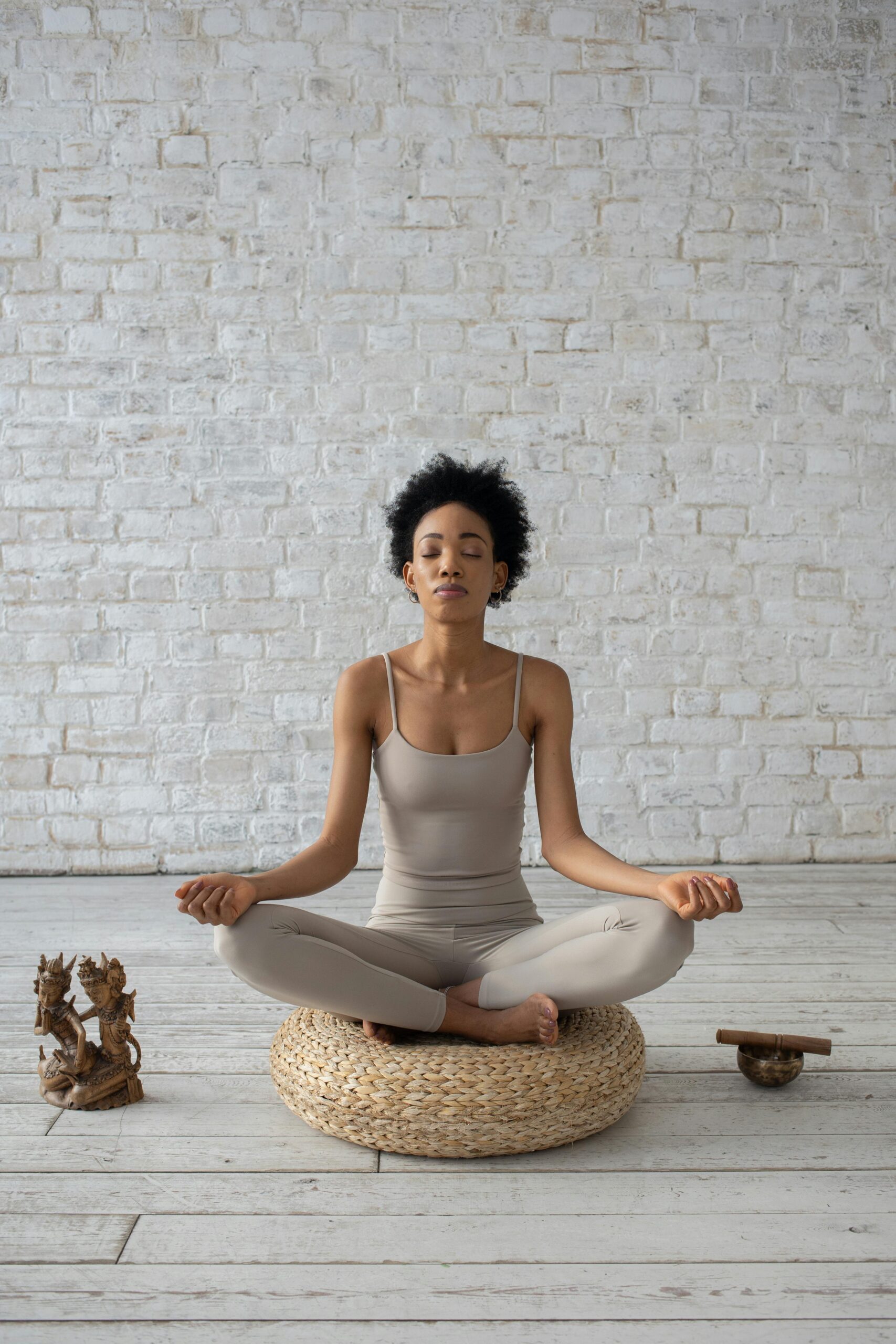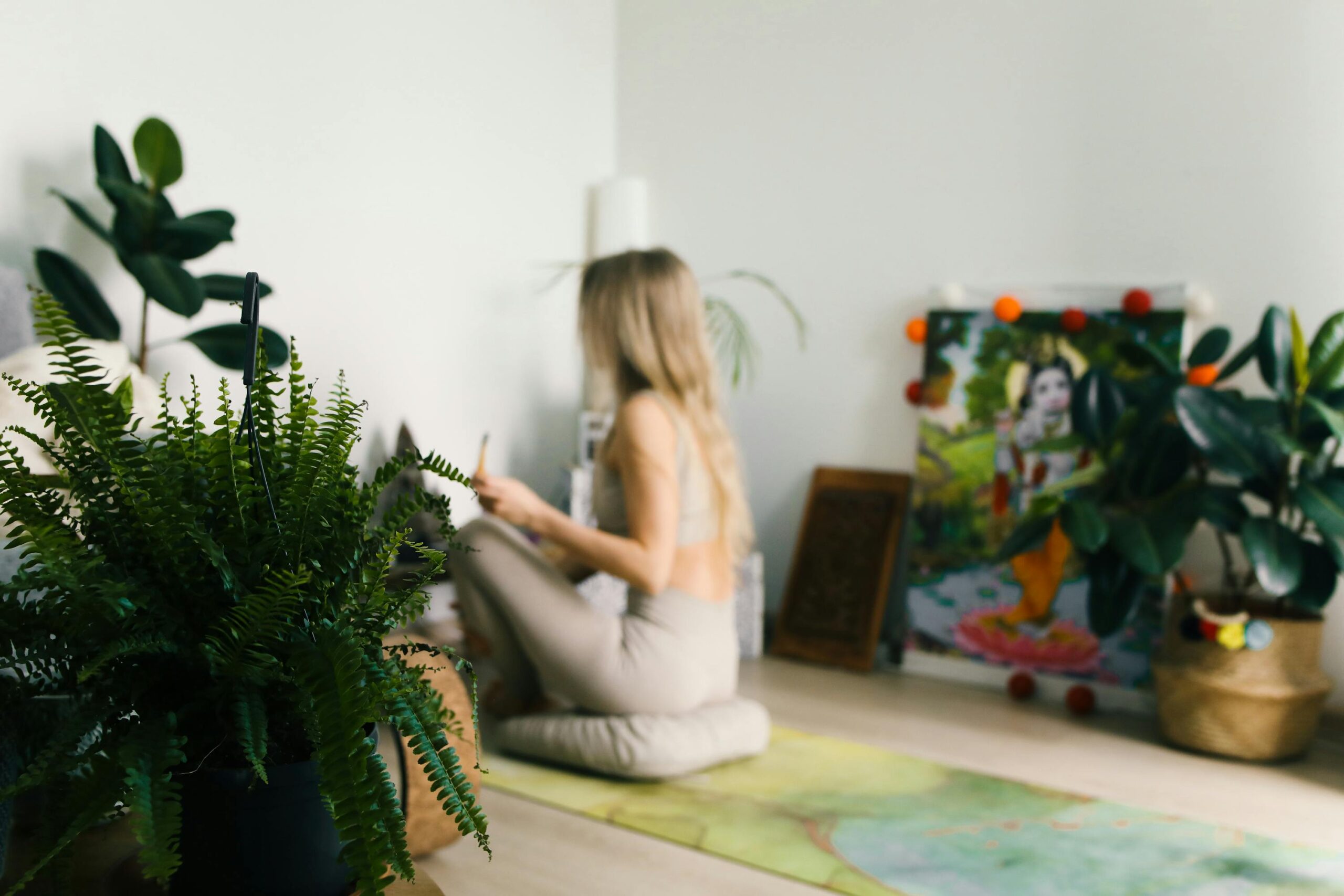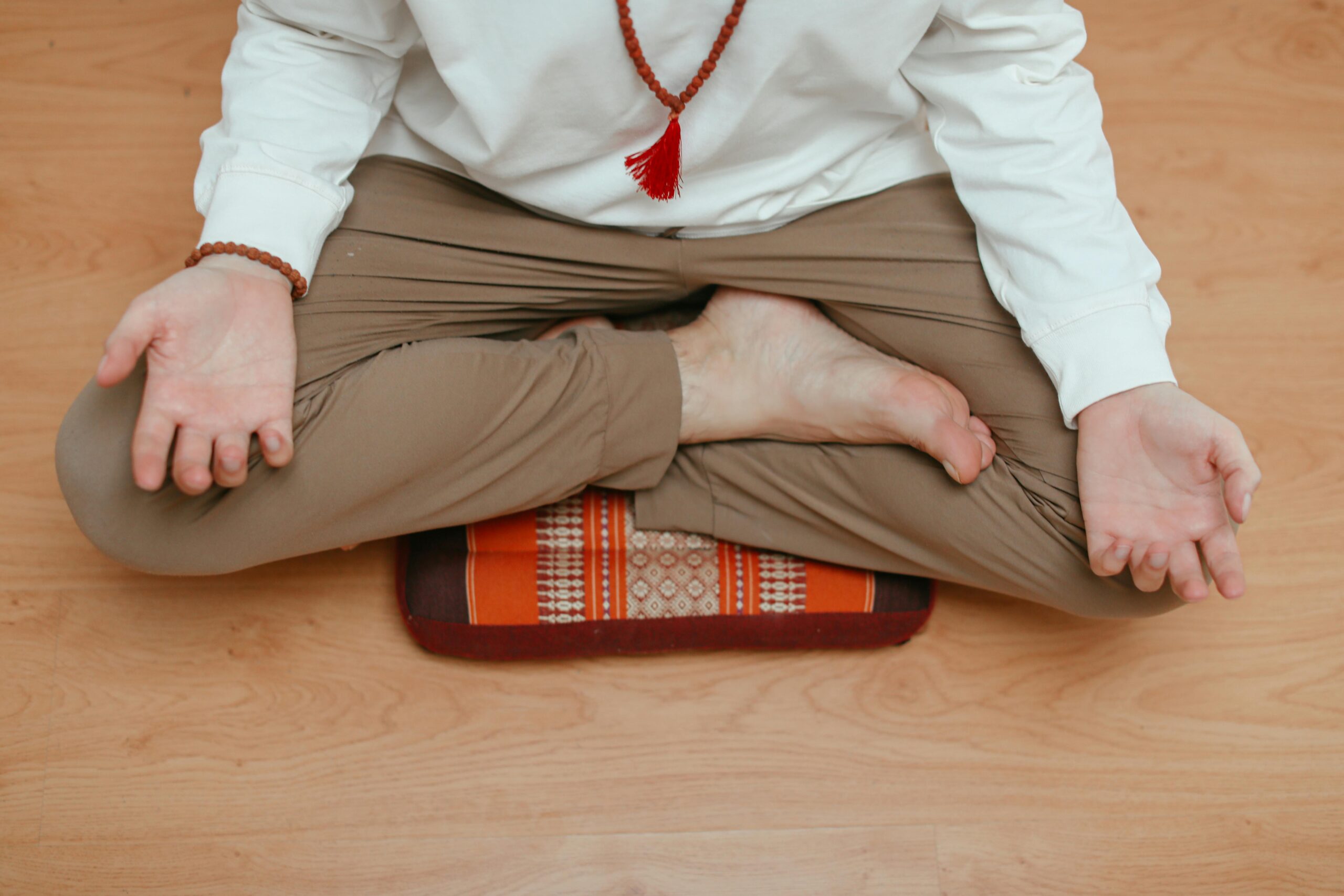Meditating on a hard floor might not be the best way to reach inner bliss. For anyone dedicated to meditation, creating a comfortable space is kind of a big deal. So why does comfort matter so much? It’s about giving your mind and body a chance to really chill out and get in sync with your breathing and thoughts.

Been there, done that on the whole battling back pain during meditation. Those endless excuses to shift positions? Yeah, they can mess with your zen. A proper meditation cushion might just be your saving grace, offering support that your back and focus desperately need.
Coming across the right meditation cushion was like stumbling on a treasure. Comfort doesn’t mean breaking the bank, and finding that perfect fit can elevate your experience from ‘just sitting’ to ‘truly present’. It’s surprising how much difference the right cushion can make, relieving tension and deepening relaxation.
Ditching distractions starts with a good sitting base. When you’re settled and steady, your mind follows suit, making way for deeper focus and peace. Trust me, when you discover that perfect cushion, it’s like finding a little slice of comfort just for you.
What is a Meditation Cushion? An Insight into Design and Purpose
A meditation cushion isn’t just a fancy floor pillow. It’s crafted to support you through those tranquil journeys inward by enhancing comfort and alignment. Imagine having a seat designed specifically to help you keep that perfect posture without constantly nagging aches and distractions.
So, what’s inside these cushions? Typically, they’re filled with stuff like buckwheat hulls, kapok, or some sturdy foam that’ll hold your shape without going flat. These materials breathe, keeping you cool and comfy through your practice. There’s something kind of revolutionary about an inflatable version, too—super handy if you’re on the go or lack storage space.
But why use a cushion at all? Simple—it helps you stay aligned. Elevating your hips above your knees can be a game-changer in keeping your spine naturally upright, which is crucial for relaxing and maintaining focus.
And don’t worry, cushions come in a bunch of shapes and sizes. Whether you prefer a tried-and-true zafu or something a bit more specialized like a crescent or square shape, there’s something out there that’ll suit your meditation style and personal comfort.
The Multifaceted Benefits of Using Meditation Cushions
Meditation cushions are more than just a comfort hack. They can really elevate your practice. For starters, a well-chosen cushion brings that sweet combo of softness and firmness that turns potentially painful sessions into more pleasant ones.
When you’re sitting right, magic happens. Good posture isn’t just about looking straight out of an ancient meditation manual; it’s about better breathing and less tension. With your spine aligned, breathing gets deeper and your mind can drift into a more relaxed state of focus.
Having a stable base means fewer fidgets. A cushion can stop all that annoying shifting around. It grounds you, letting you concentrate on your breathing or that golden silence in your head.
Cushions can make those sessions longer and more meaningful. No more cutting your Zen time short because your legs have gone dead or your back’s staging a protest. The right cushion allows you to settle into your zone and explore it more fully.

But hey, they’re not just for meditation. When you’re not in mantra mode, these cushions are great for chilling with a book in hand, supporting you in yoga, or even catching some z’s. Versatility is their middle name!
Choosing the Right Meditation Cushion for Your Practice
Searching for that perfect meditation cushion is a bit like finding your favorite pair of shoes. It’s all about what fits you best—not just physically, but in the way it complements your practice.
Start by thinking about the shape and size that’ll work for your body. A round zafu is a popular choice, but don’t skip over crescent-shaped cushions if they seem more your style. They all have their own little perks, depending on how you like to sit.
Height is another biggie. You want your hips to be higher than your knees to keep that natural curve in your spine. A cushion with the right height helps with all that, letting you sit longer without feeling awkward.
Consider what’s inside, too. Fillings like buckwheat hulls mold to your shape yet offer firmness. Need to take your cushion with you? Opt for something lightweight or even an inflatable option—it’s all about the vibes you’re going for on the road or at home.
And, of course, keep your eyes on your budget. Quality cushions come at different price points, so identify what matches your wallet and your practice. Think about how often you meditate and what comfort level you’re aiming for.
Finally, your type of meditation might dictate what cushion works best. Some practices require being closer to the ground, while others need more elevation. Match your cushion to your meditation style, and you’ll find the harmony you’re chasing.
Types of Meditation Cushions and Maintenance Tips to Maximize Longevity
Let’s talk types. Zafus are the round classics, perfect for traditional cross-legged sitting. If your knees crave something more, a zabuton—a bigger, flatter cushion—might be your new best friend. It’s like having a mat for your knees and ankles.
For those wrestling with more than just the art of meditation, orthopedic cushions are designed to offer extra back support. They’re a blessing if chronic pain is gate-crashing your peaceful vibe.
Yoga bolster pillows are the multitaskers of the cushion world. They’re great for meditation and offer additional support during yoga sessions, doubling up on your self-care tools.
If you’re into therapies like moxibustion, specialized cushions with neat openings let you do your thing without a fuss.

Keeping your cushion fresh and long-lasting demands a bit of TLC. Most have removable covers, so toss them into the wash now and then. It’s an easy way to keep things clean and extend your cushion’s life.
Don’t forget to fluff or refill those buckwheat hulls occasionally. Like any good support system, they may need a little sprucing up to stay in top shape. Regular care ensures your cushion is always ready for your next meditation adventure.

This insightful post highlights the significance of meditation cushions in enhancing comfort and alignment. I appreciate the detailed exploration of cushion designs, materials, and benefits. How do you think ergonomic design advancements will influence the development of meditation cushions in the future? Are there any innovative materials or technologies on the horizon that could further optimize comfort and support for meditators?
Hi Cyril
Thank you for such a thoughtful question! Ergonomic advancements have already started to make a real impact on meditation cushion design, and it’s exciting to think about where this could lead. With increasing awareness of body alignment and support, future cushions could incorporate designs that adapt to individual body shapes, helping meditators maintain proper posture and reduce strain on joints and muscles.
When it comes to materials, we’re seeing the rise of eco-friendly and adaptable options, like organic buckwheat hulls and memory foam alternatives. Innovations like temperature-regulating fabrics and pressure-sensitive foams (similar to what’s used in high-end mattresses) could be next, creating a cushion that adapts not just to posture but also to comfort levels throughout longer meditation sessions.
In terms of technology, there’s potential for cushions with adjustable firmness or even integrated sensors to help meditators monitor their posture and breathing. This could be a game-changer for anyone looking to refine their practice with real-time feedback. It’s exciting to see meditation cushions evolving to support practitioners on both physical and technological levels!
Kindest regards
Alan
Thank you Alan. A well designed and comfortable meditation cushion is a must when I meditate. I cannot even begin to concentrate on my breathing if I am not in the proper position. I’ve found remaining in the present a lot easier if I am seated on a supportive and comfortable cushion. Your article explains how a good meditation cushion can enhance the entire experience and will allow you to maintain focus and increase relaxation. I appreciate you sharing your valuable and insightful knowledge.
Thank you so much for your kind feedback and for sharing your personal experience! It’s wonderful to hear how a well-designed meditation cushion has transformed your practice. You’re absolutely right—comfort and proper positioning are key to staying present and fully immersed in the experience.
I’m glad the article resonated with you and highlighted the importance of supportive tools for meditation. It’s inspiring to know that you’ve found a way to enhance your focus and relaxation through something as seemingly simple, yet essential, as a meditation cushion.
Are there specific features you’ve found particularly helpful in a cushion, like material or shape? It would be great to hear your thoughts, as they could help others refine their own meditation setup.
Regards,
Alan